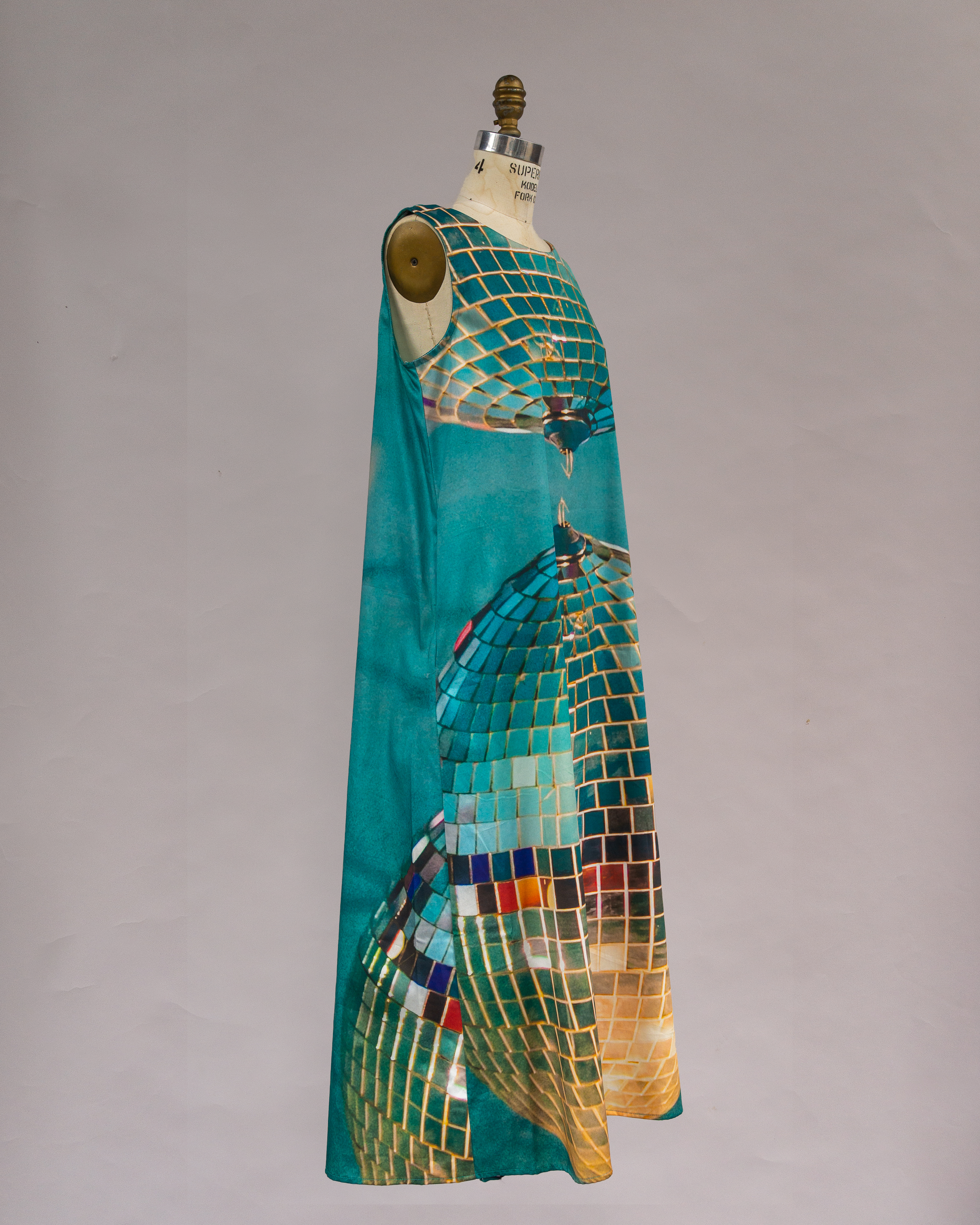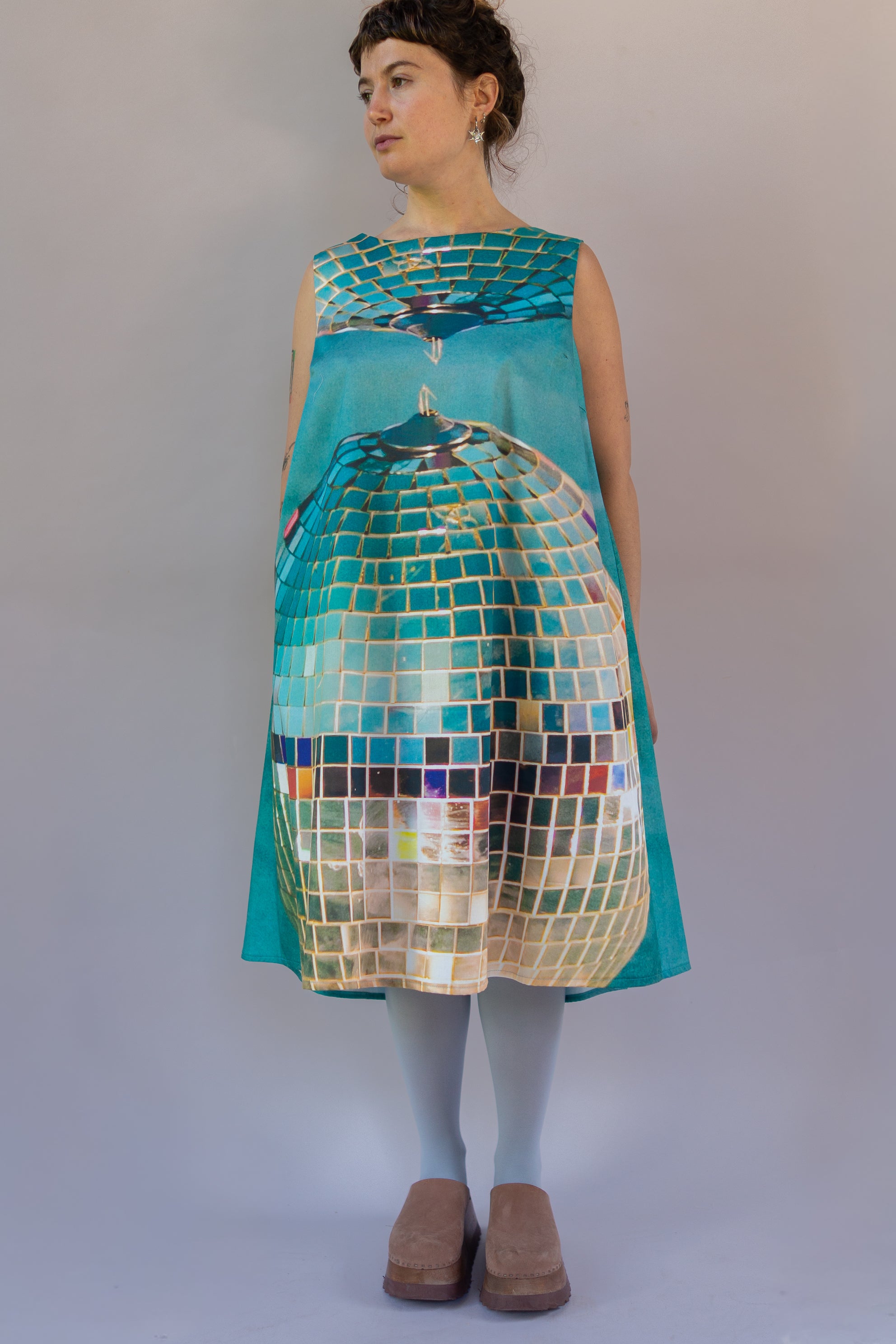Disco Print Story
Ain't no stopping us now.
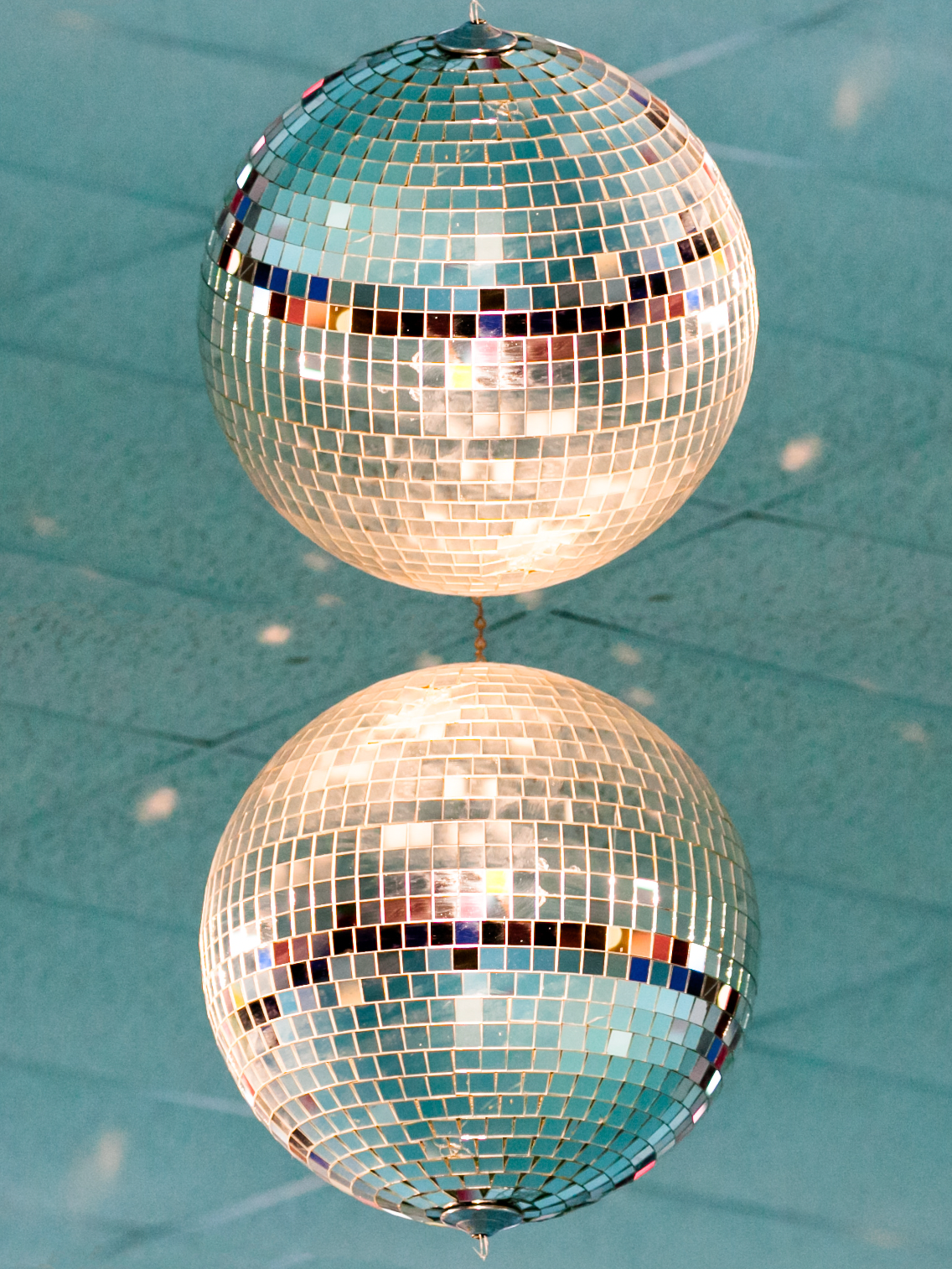
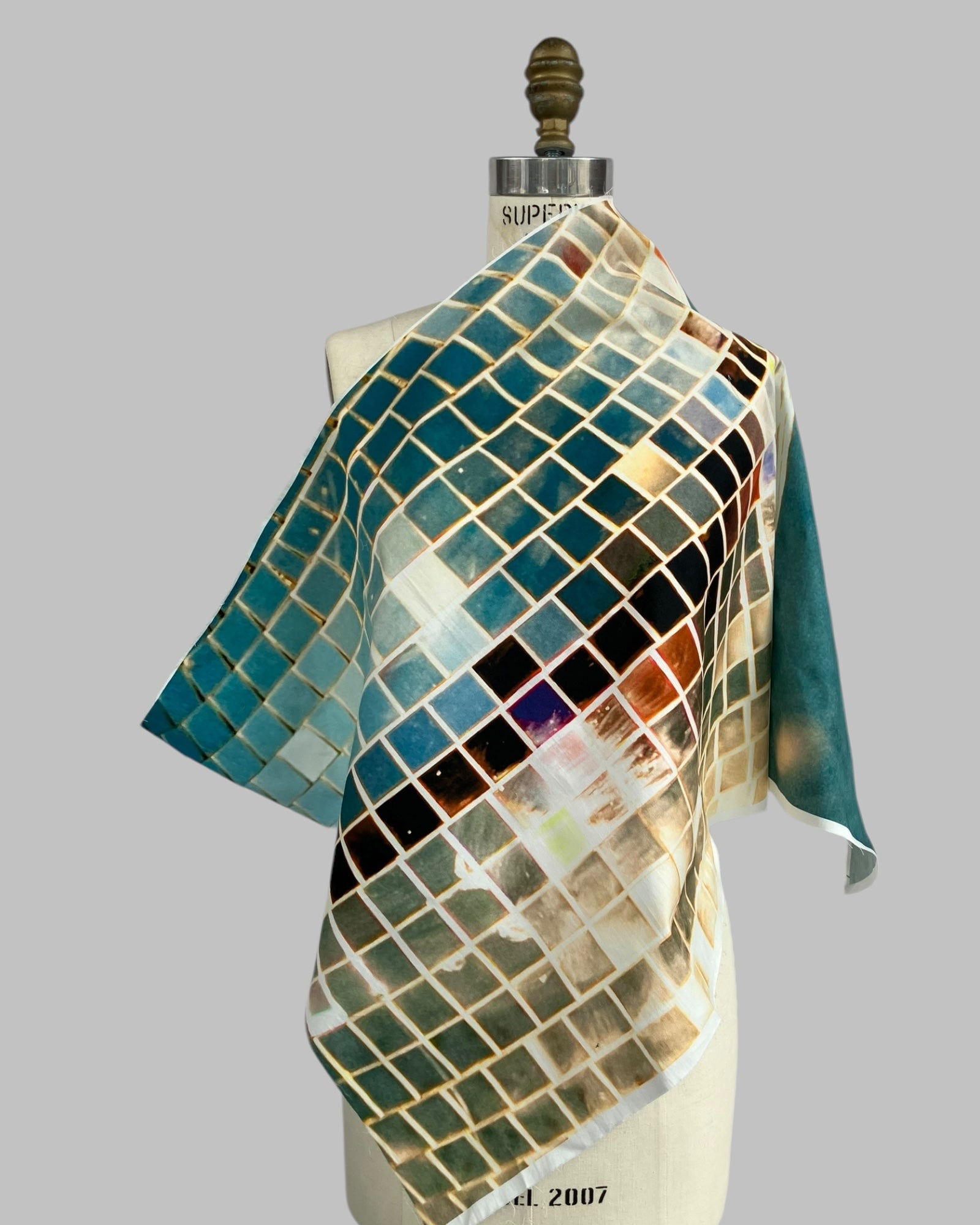
Fiorucci made me hardcore
Disco
Glittering high above the dance floor is a spinning mirror covered orb throwing light in every direction. The drop ceiling should be ugly but instead it is a rippling ocean of blue. The disco ball is a little bit dinged but it is still magic. Let's put on that magic.
inspiration
It's kinda dark. It's a bit dingy. It's a little crowded. You are unsteady. You are on wheels. You might hurt yourself.
The floor is perfectly smooth. The sound system is...good actually. And the music is... fun. You're getting into it.
People move in all types of dark spaces to feel ecstatic. To be embodied. To perfect steps. To be totally present. To release. Please see Mark Leckey for more on this.
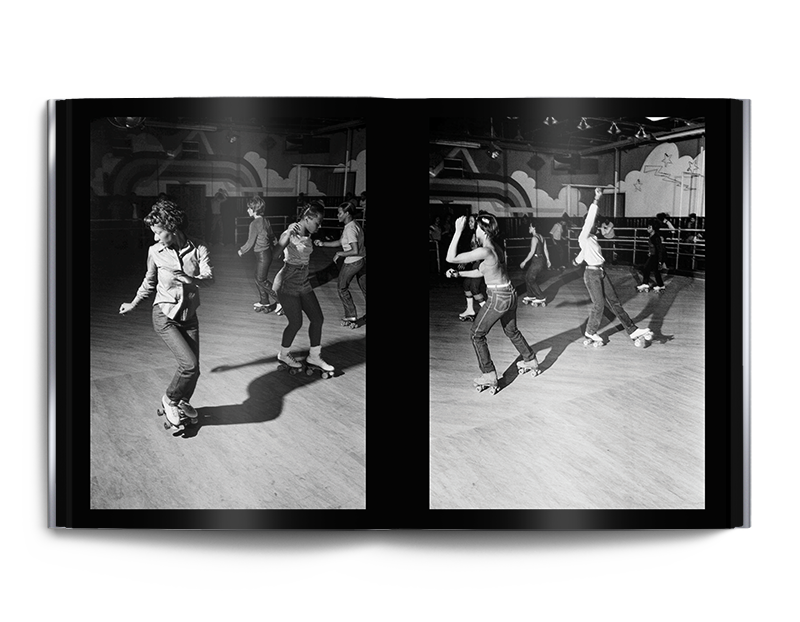
This print is about nostalgia, sure, but also finding the sublime in humble spaces. You can feel this at your local skate rink or at any place where people are dancing and unconcerned about being watched.
Full disclosure: I have a long history with rhythm skating. Outside of designing prints, skating is what gives me joy.
Also, disco balls are amazing.
Image from the incredible book
Empire Roller Discodisco
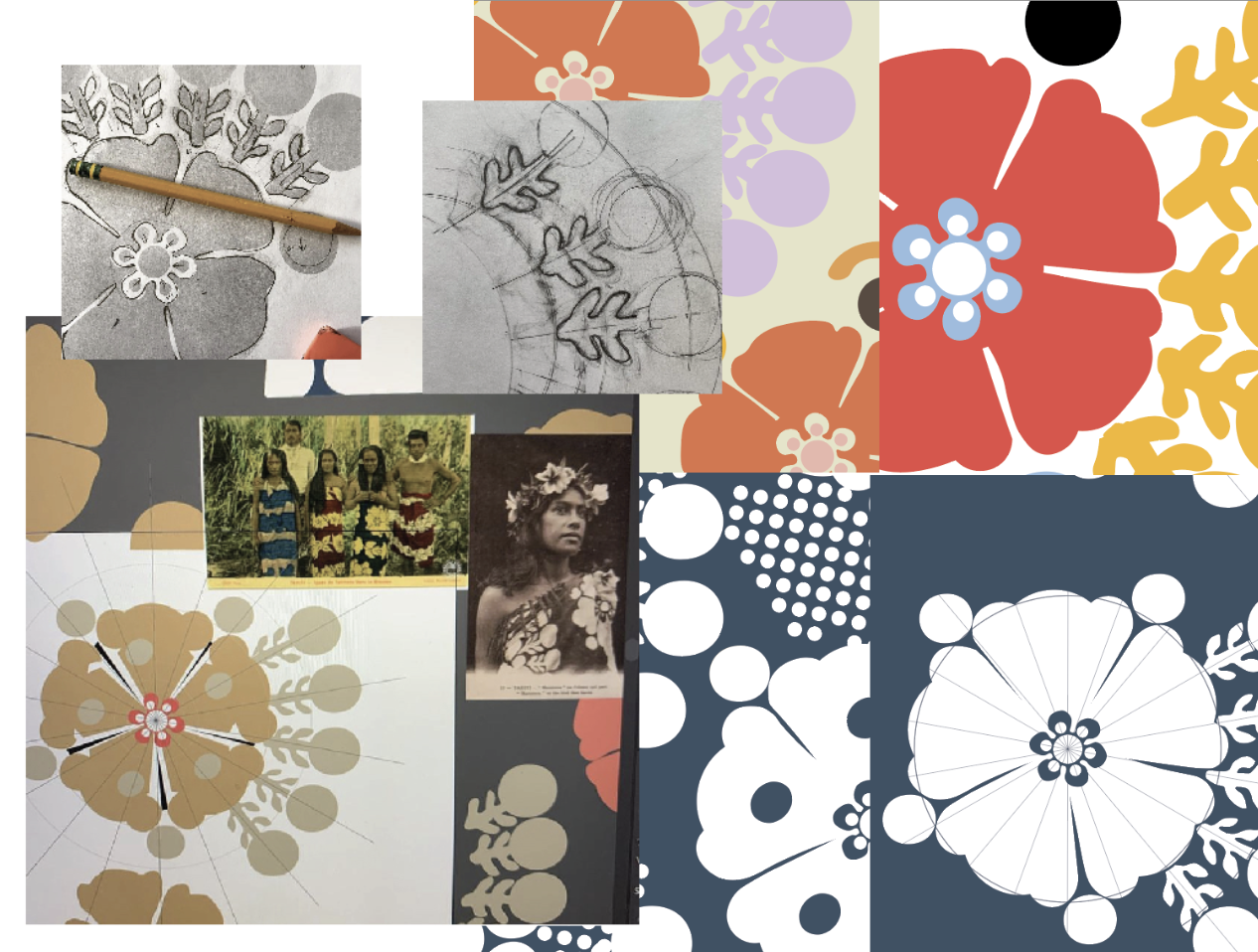
our process
Our prints are concept driven and development may span several years. We build hardworking repeats and take no design shortcuts. We love prints and print history and embrace a research heavy, somewhat academic process.
in the wild
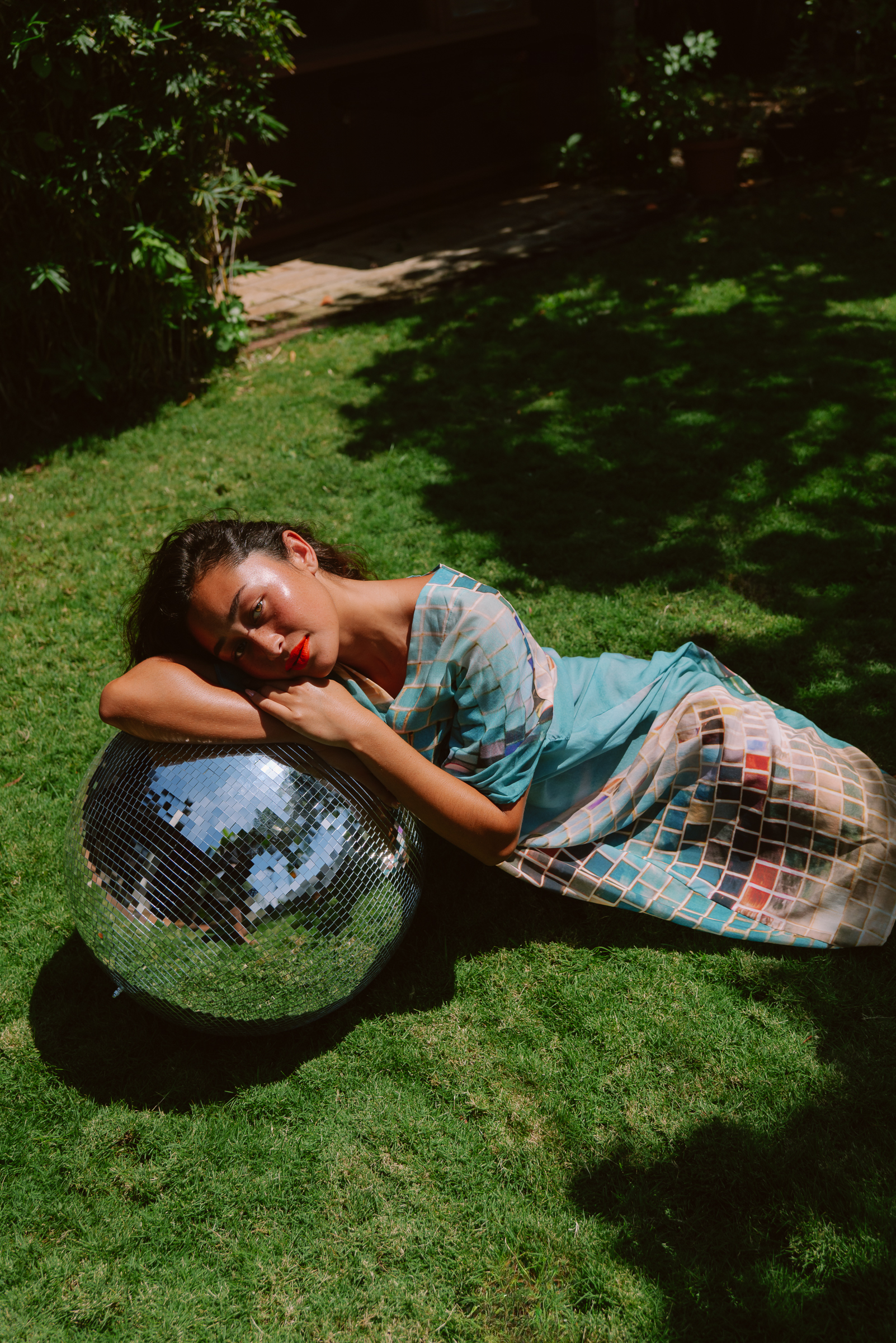
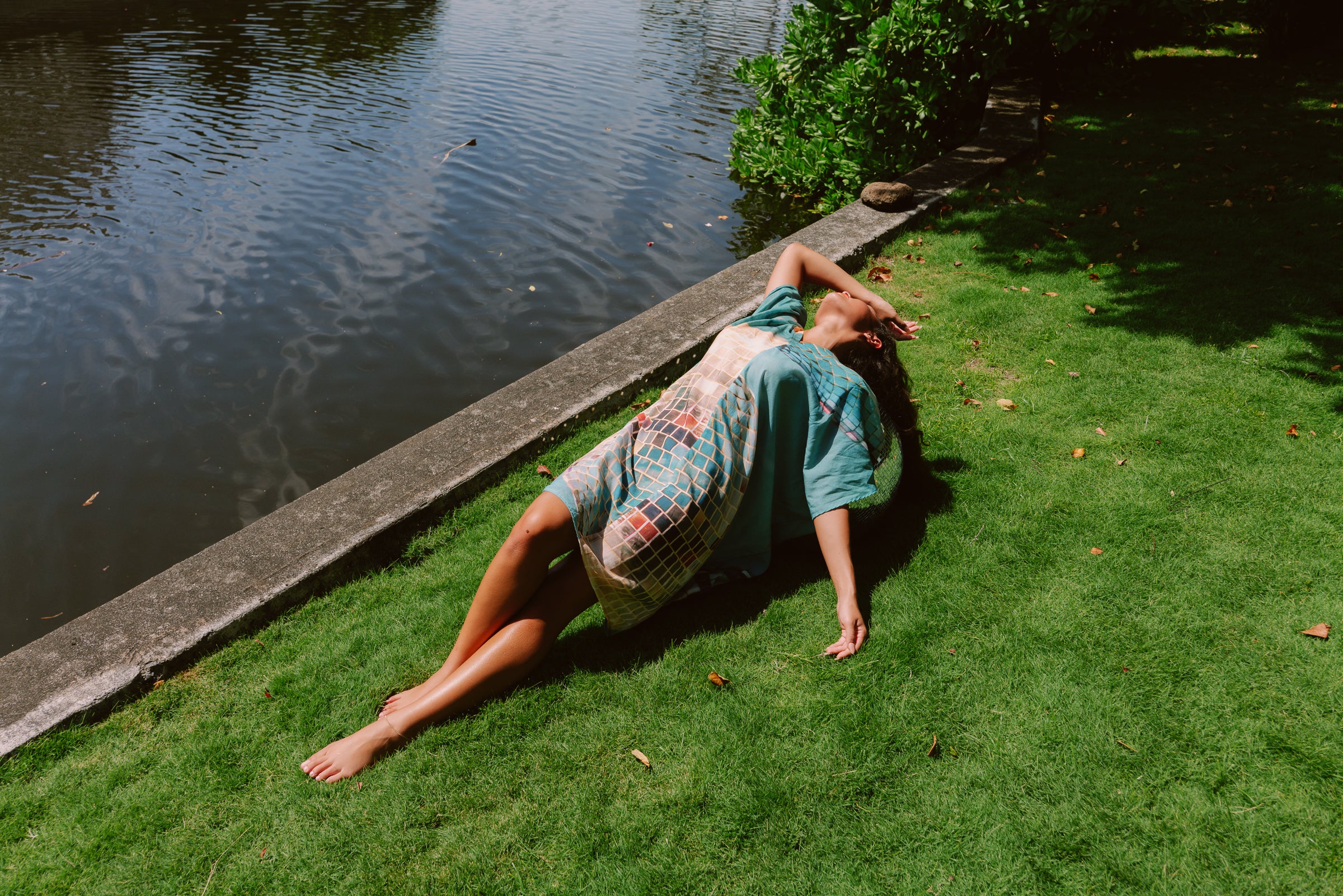
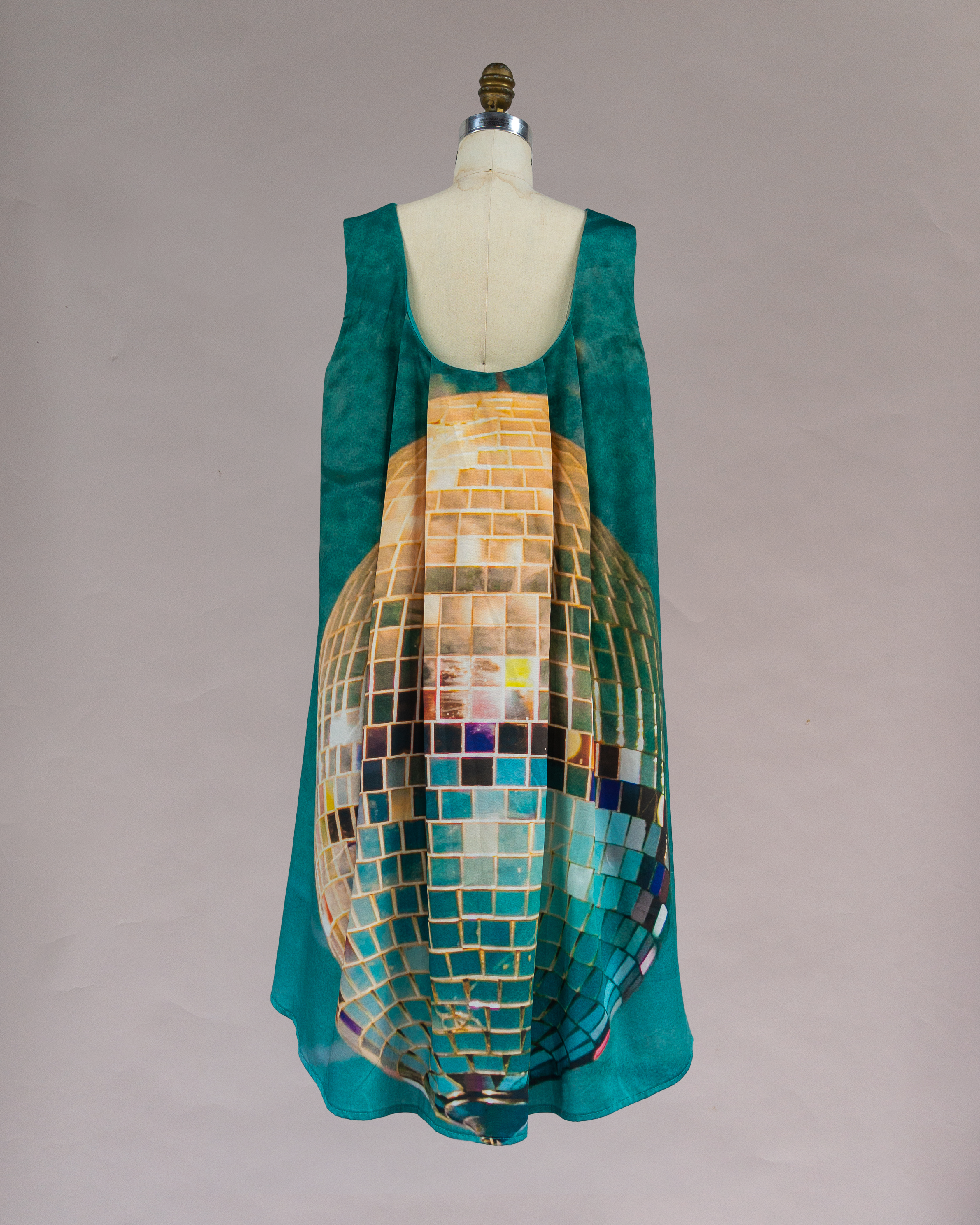
all our prints
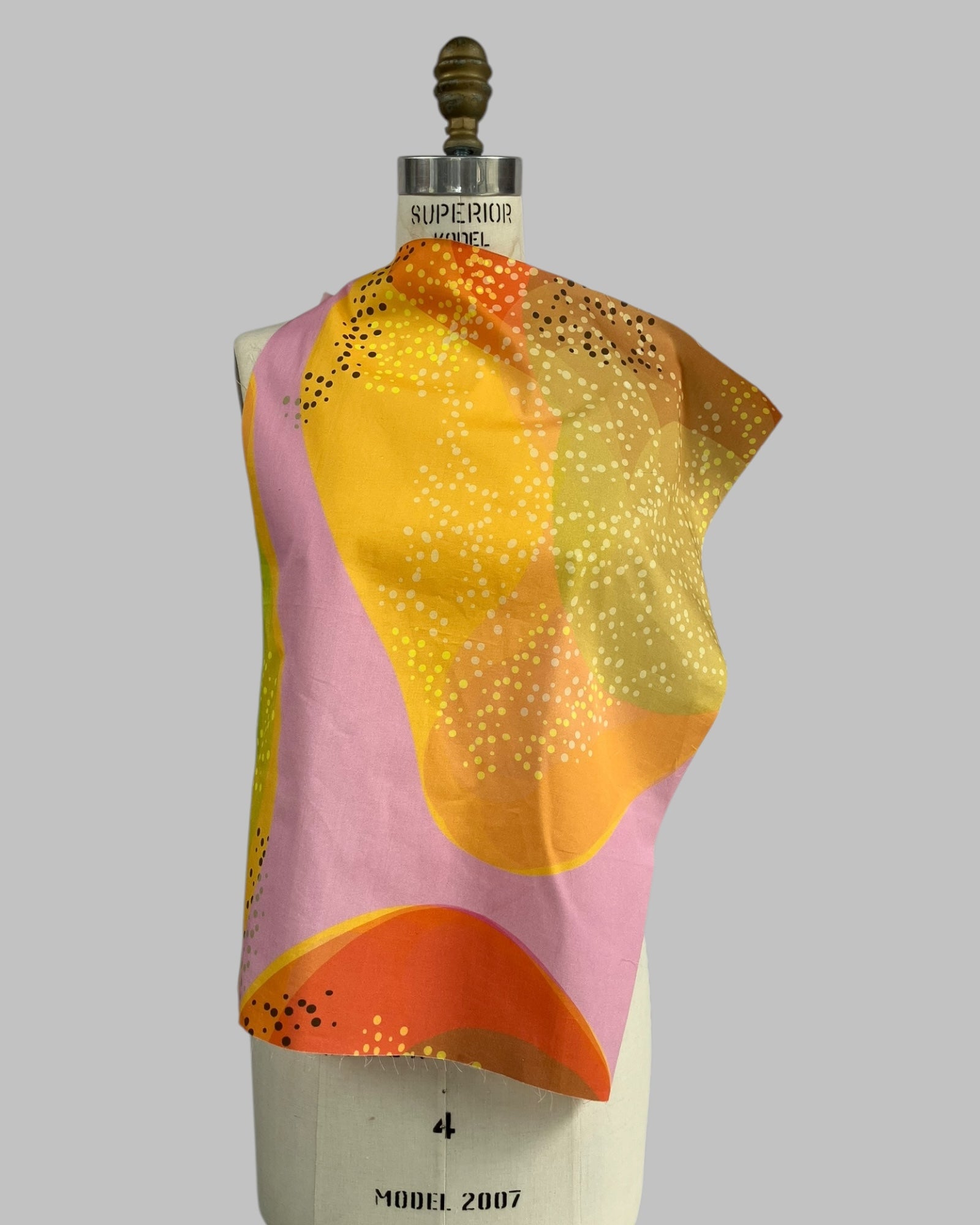
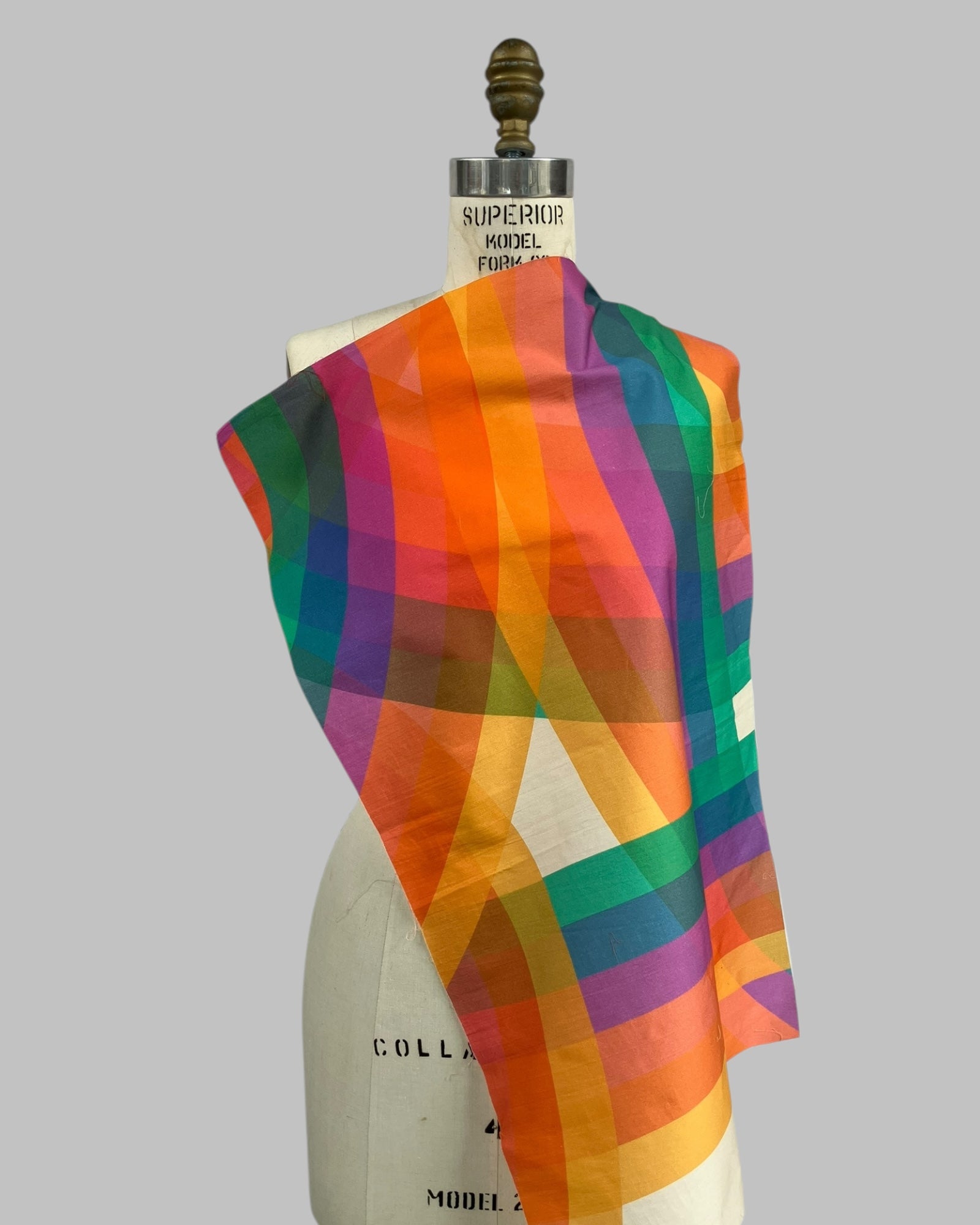
rainbow
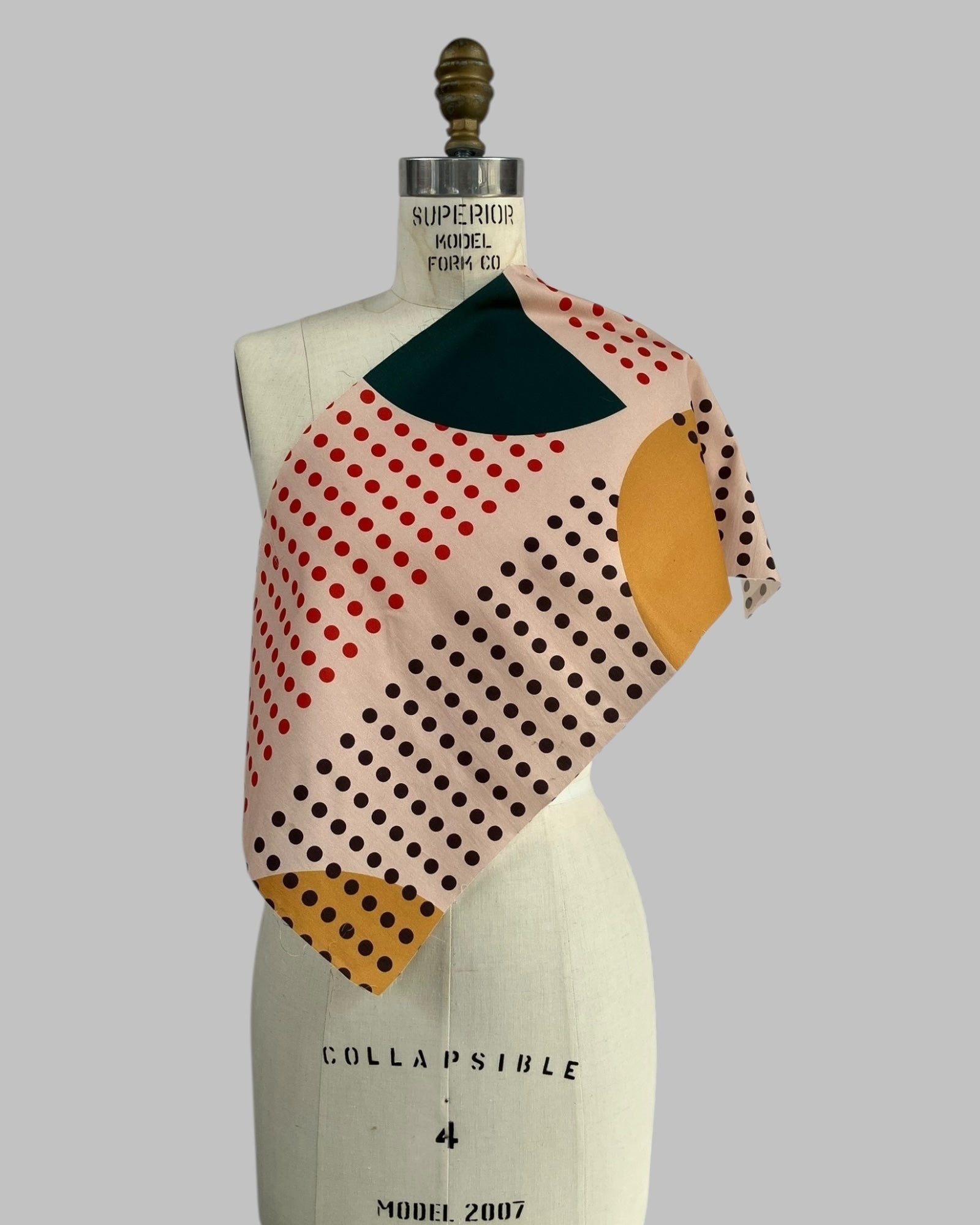
sunrise
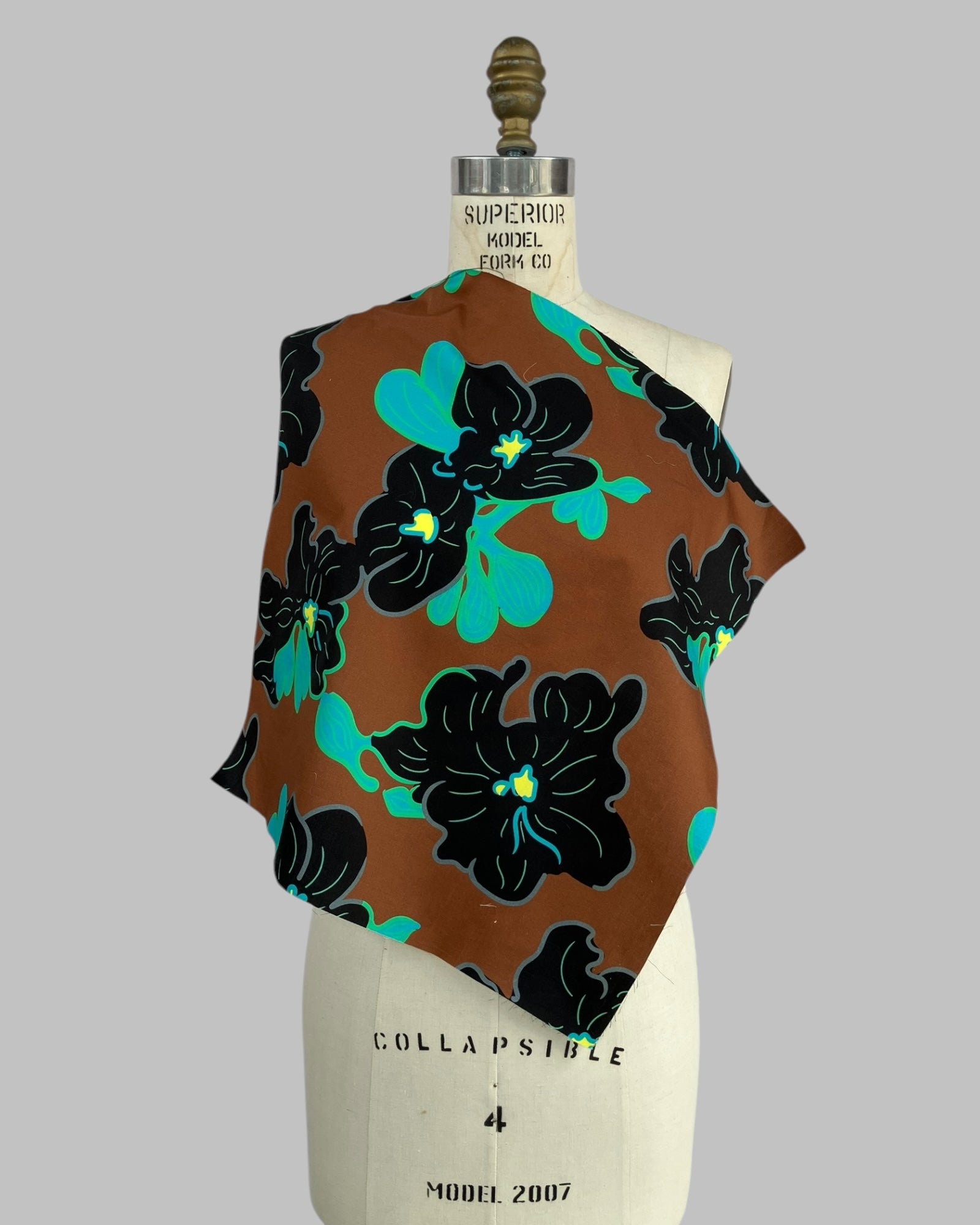
1961

disco
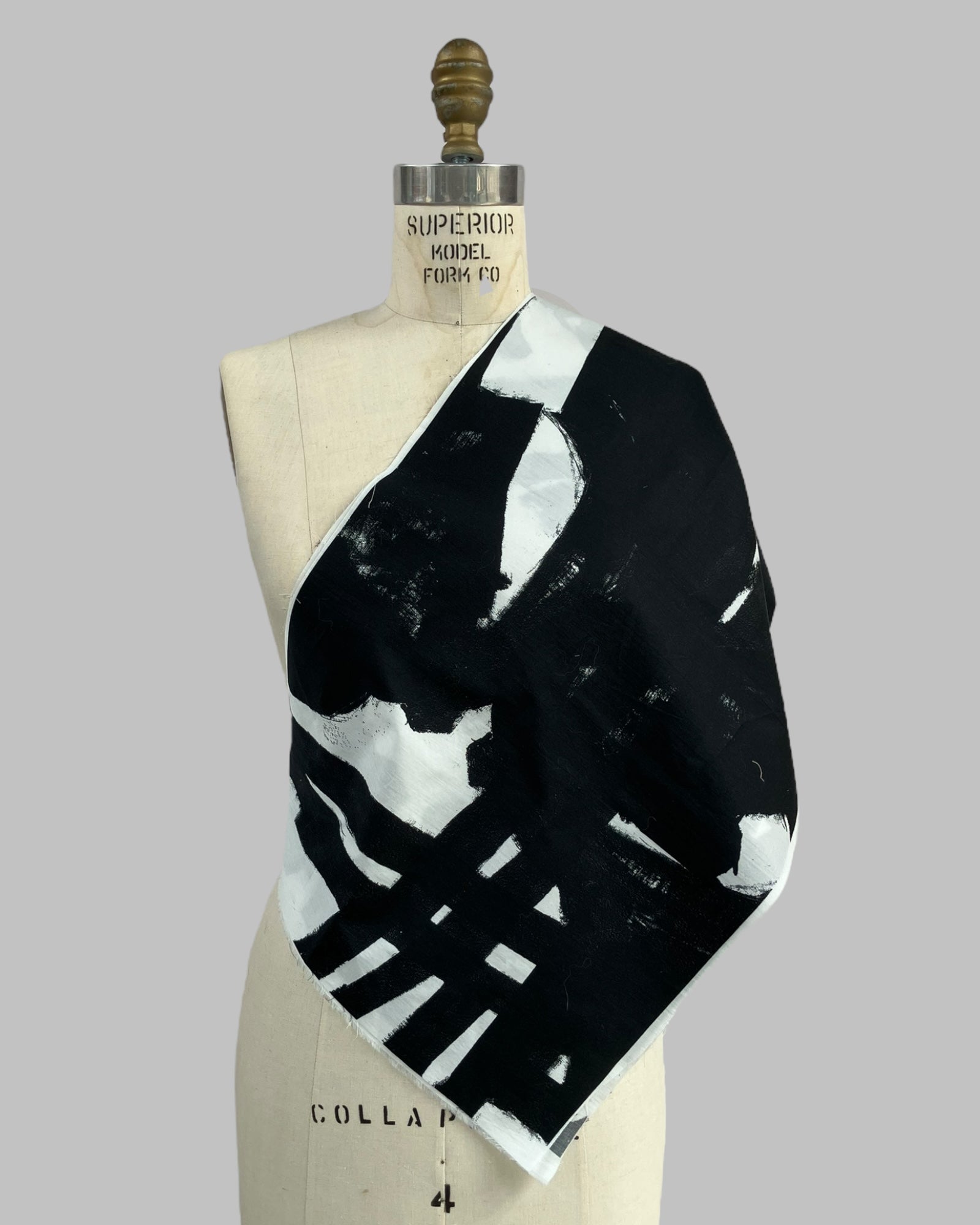
westbeth
and now...
some history
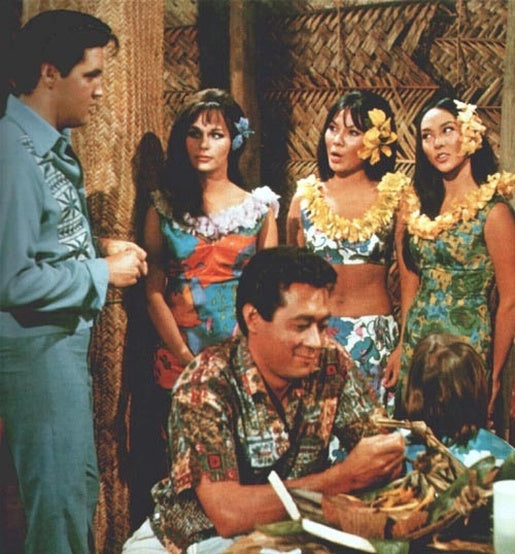
why are the prints so big?
Large scale prints are integral to muʻumuʻu and all aloha wear. How did this happen? There are a lot of apocryphal origin stories. One we particularly like is that Wong’s Drapery Shoppe helped create the aloha shirt for college bound Hawaiians going to the mainland. The students needed something both warm and that felt Hawaiian. Wong’s initially used thick Japanese upholstery fabric for the warmth so the large print scale became locked in as “Hawaiian.”
These prints represent the multicultural history of Hawaiʻi. They may refer to Japanese Kimono fabrics, European chintz florals, Indian paisleys, Indonesian batiks, and traditional kapa patterns. They may be designed “authentically” by a native Hawaiian, a kamaʻāina (a local), or a transplant to the islands. The authenticity comes from the knowledge, sense, and respect of place.
Elsie Das
In the 1930s and 40s there was a concerted effort to create the modern Hawaiian print using local themes. This has been much lauded in Alfred Shaheen’s work. Also consider Elsie Das. Elsie Das was an American of Danish descent who went to art school in California. In 1950, the Honolulu Advertiser wrote “Elsie Das can lay close claim to being the originator of the aloha print.”
Her approach to print shows a sophistication and a worldliness at odds with the stereotypes about “isolated” Hawaiʻi. Compare her ulu print with the great 20th century print designer Josef Frank. The similarities indicate a deep understanding of print design and trends at the time.
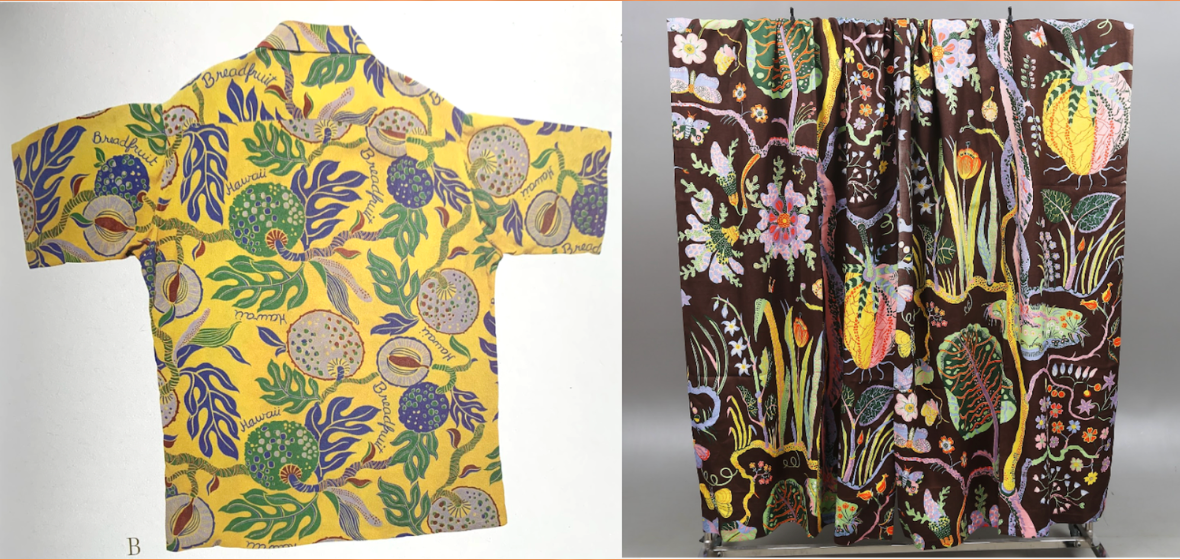
Left: Elsie Das “Breadfruit,” Right: Josef Frank “Hawaii”
For more read: The Aloha Shirt: Spirit of the Islands, Dale Hope and Elsie Jensen Das, Peter Young.

